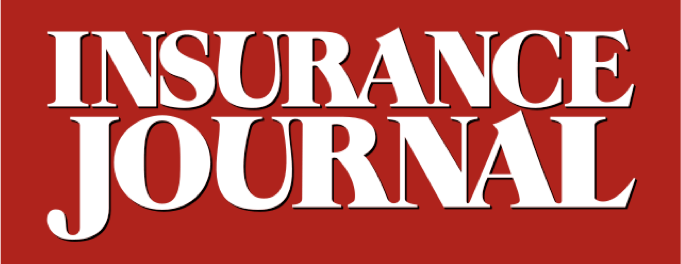Approximately 81% of insurance companies expect to increase their revenue in the next 12 months, but only about 53% expect to increase their staff in that same period, according to a new insurance labor market outlook study from The Jacobson Group and Aon.
Historical study data shows that the percentage of companies expected to grow staff has stayed largely the same since July 2023.
“In past years, we’d see that the growth and staffing expectations were largely aligned,” said Jeff Rieder, partner at Aon and head of STG Performance Benchmarking. “And now we’re starting to see, for the same period now for at least 18 months, that there has been somewhat of a divergence in terms of the companies expected to grow staff relative to revenue expectations.”
Thirty-three percent of insurance companies expect to maintain current staff levels in the next year, while 14% report planned decreases, according to the report. Meanwhile, 14% of companies expect flat revenue growth, and 5% forecast revenue decreases.
Approximately 84% of the study’s participants are property/casualty insurance carriers. The twice-annual study strives to provide an analysis of labor trends and staffing expectations and challenges of the U.S. insurance labor market. The study covers nearly 15% of the insurance market by employees.
“The one thing that is interesting is noting the percentage of companies that are expected to decrease employees during that same period,” Rieder said of the stretch between July 2023 and the most recent study. “Hovering at 14%, we’ve not seen that kind of sustained level near the mid-teen level since the emergence of the [recession] back in 2010.”
While the P/C industry had strong, sustained premium growth in the previous five years, the study’s findings show premium was very much driven off rate growth rather than true, organic growth in policy count, Rieder explained. Knowing this, companies are now a bit more cautious when it comes to hiring expectations, and tariff-related uncertainty has perhaps also made companies more cautious, he added.
“We know that for many companies, they’ve been exposed to severe catastrophes, convective storms [and] the wildfires that impacted California [during] the first month of this year as well,” Rieder said. “And when you couple that with the backdrop of artificial intelligence and technology gains, we’re seeing that, in many cases, this is perhaps tempering the staffing plans and staffing outlook.”
Data from the U.S. Bureau of Labor Statistics shows a notable decrease in the number of insurance and finance job openings in recent years. That number peaked at 393,000 openings in 2022 and fell in each consecutive year to 307,000 in 2025. There were 246,000 openings in June, specifically.
“All the trends are really kind of pointing out to perhaps modest expectations for growth in headcount,” Rieder said. “Particularly as there’s fewer job openings—roughly 10% fewer than what we saw at this time two years ago.”
Jeff Blair, senior vice president of executive search and business development at The Jacobson Group, explained that regional and commercial P/C carriers are “higher than average in looking to reduce staff.” The study found that while 59% of commercial lines P/C carriers expect to increase staff in the next 12 months, 16% expect to decrease their headcount.
Overall, 12% of personal lines P/C companies expect to decrease staff during the next year. Notably, all those carriers expect the decrease to be less than 2%. Forty-seven percent of personal lines carriers expect to increase staff. Meanwhile, 7% of balanced-lines companies plan to decrease staff during the next year, and 50% expect to increase headcount.
The industry’s greatest need is for technology staff, followed by underwriting and claims employees, according to the study. Large and medium-sized companies are most likely to hire technology staff in the next 12 months, followed by underwriting and analytics employees. Small-sized companies have the greatest need in claims, followed by underwriting and technology.
Overall insurance industry employment remained mostly flat from the previous report, dropping just 0.5% from January and remaining below pre-pandemic results. Blair explained that some of the largest job growth is coming from agents and brokers.
Topics Carriers Profit Loss Talent
Was this article valuable?
Here are more articles you may enjoy.



 AIG Partners With Amwins, Blackstone to Launch Lloyd’s Syndicate Using Palantir
AIG Partners With Amwins, Blackstone to Launch Lloyd’s Syndicate Using Palantir  Insurance Covers Settlement Paid by Stocks Instead of Money: Delaware High Court
Insurance Covers Settlement Paid by Stocks Instead of Money: Delaware High Court  Poorer Americans Dropped Federal Flood Insurance When Rates Rose
Poorer Americans Dropped Federal Flood Insurance When Rates Rose  Trump Administration Turning to Private Firms in Cyber Offensive
Trump Administration Turning to Private Firms in Cyber Offensive 

